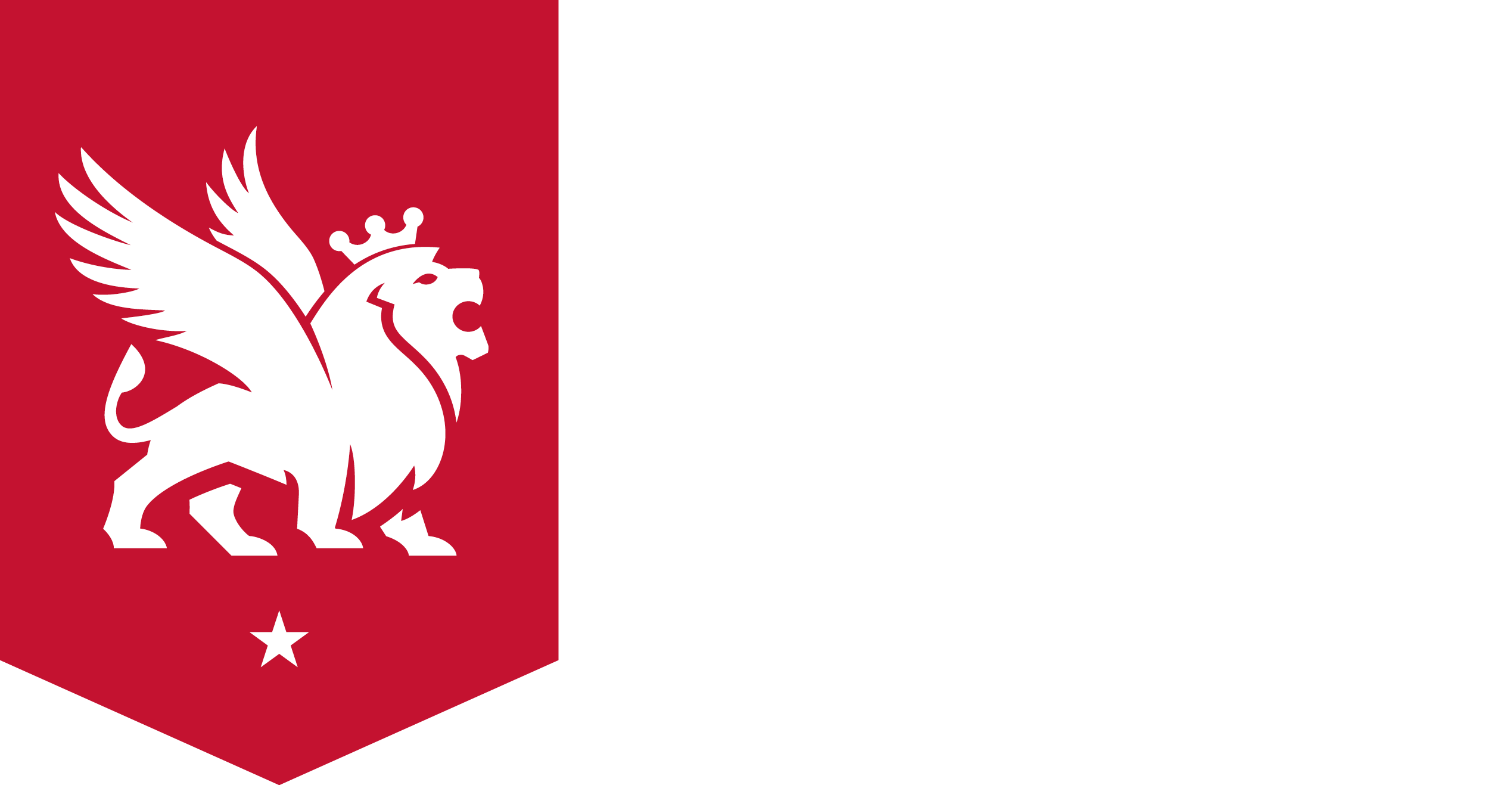Keeping an Eye on the Cash Register
Curt Hanke — FOUNDER, PRINCIPAL, CEO & CHIEF STRATEGIST
Originally published in Ad Age Magazine on March 3, 2010
Building a Results-Focused Organization

Results. They’re what every client wants and what every agency promises. At the end of the day, they are truly the alpha and the omega of our business. And far too often, in spite of the pomp and pageantry, they somehow get lost in the daily lives of agency folk. Think about it. Amid the concept presentations and new business pitches, the change orders and production schedules, the urgent always trumps the important. It’s just human nature. Completing your daily “to-do list” is always the victor in the battle for your mental and emotional resources, both individually and collectively.
This is particularly true for small agencies. Given that many of our employees have been at big shops, we are all very aware of the resource challenges that we face. Without legions of analysts and planners to keep an eye on campaign performance, we need to infuse a deliberate focus on results into every part of how we do business — and into every member of our agency team.
That said, here are three ways that we’ve cooked results into the DNA of our organization.
Start fresh, think big (& small)
First, let’s start with the basics — how we de ne our goals (aka, the results we hope to achieve) at the inception of a new client relationship, campaign or even project. In the haste to get work into the queue, it’s tempting to rely on the oldies and goodies — increase awareness, drive preference, fuel purchase intent or the like. But think about how important this first step is in the overall process.
In short: How you define the problem matters. If you create a generic objective, the odds are that you’ll get a generic solution — ultimately leading to generic and largely unquantifiable results. That’s why, at Shine, we engage the entire team in pursuit of the optimal way to define what we are actually striving to achieve.
Think small — what is the very specific action you are trying to create? Quantify it at every part of the entire decision-process model. Is it about more people walking into the store looking for our brand? More victories on the showroom floor? More customer e-mail accounts captured in order to grow long-term relationships? More referrals? Or more, well, you get the idea. And don’t stop there — connect these concepts back into business realities, quantify these opportunities and evaluate (and prioritize) them.
Think big: What is the largest potential consequence of this campaign? What might the biggest home run look like — and what it would take to get there? Parse your objectives in a wide variety of ways — demographics, attitudinal segments, geographies — anything and everything in pursuit of more meaningful constructs to play with.
Some of the best campaigns I’ve been a part of started with an “a-ha” moment not in the idea stage, but in how we actually defined the problem itself. From “growing sales” to “adding more tappers in bars.” From loosely defined purchase funnels to much more clearly articulated (and measured, and then optimized) conversion states.
Build the muscle
Every agency has staff meetings, be it weekly, monthly or quarterly. We all get our team together — and here’s what we do. We talk about new business. We show new creative work. We schedule some meetings. And we move on.
But how often do we talk about results? How often do we reflect on the impact of our campaigns? And I don’t mean research findings or client sales reports that circulate solely within our account service teams — I mean sharing results with the entire staff, on a regular basis. How much traffic did we generate to that website? How many Facebook fans have we generated? What was the increase in leads? In conversions? In sales?
To be clear, this isn’t a silver bullet. And I know it sounds ridiculously obvious. But so often in business, the difference between intent and action makes all the difference. It’s just like getting to the gym — when you put some effort and energy into something on a regular basis, you build muscle. It’s that simple.
Make it personal
Would you bet your paycheck on this idea? It’s a provocative question, isn’t it? Is this the best approach to get more students and parents interested in tutoring? To get more motorcycle riders telling their friends about a new product or service? To get more runners asking to try on your brand of shoes?
Now to be clear, the nature of our business is predicated on “guessing.” Regardless of the amount of research that we do, or cost-benefit analyses that we perform, our craft is equal parts art, science and common sense.
That said, nothing makes an abstract concept like “results” more real than connecting it to compensation. For an agency, or for an agency employee. Find ways to incorporate this type of challenger thinking in your organization (and client relationships).
Now I can hear the blogosphere already: “Duh, right?” But I challenge you to take a look in the mirror and see just how well your agency actually practices what you preach.
By no means is Shine perfect. But to a person, our agency is more focused on results than anything else. Partially because of efforts like these. And partially because of our “share the rewards” profit-sharing program — meaning that each and every one of our employees is vested in the success of not just our agency, but our clients as well. In other words, we are all vested in making the cash register ring.


